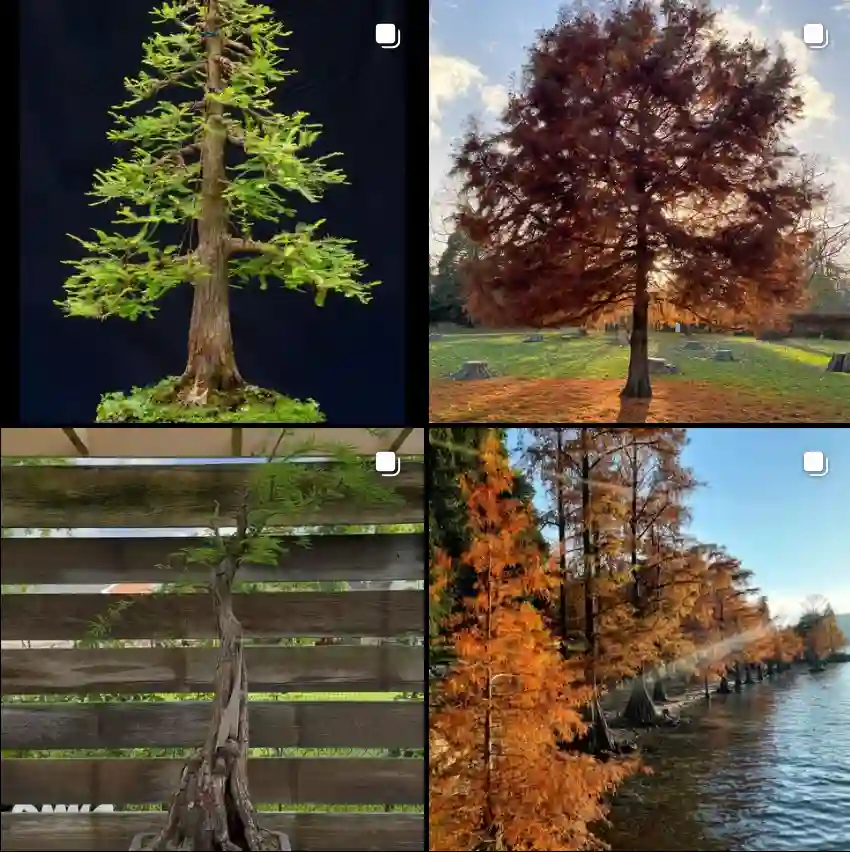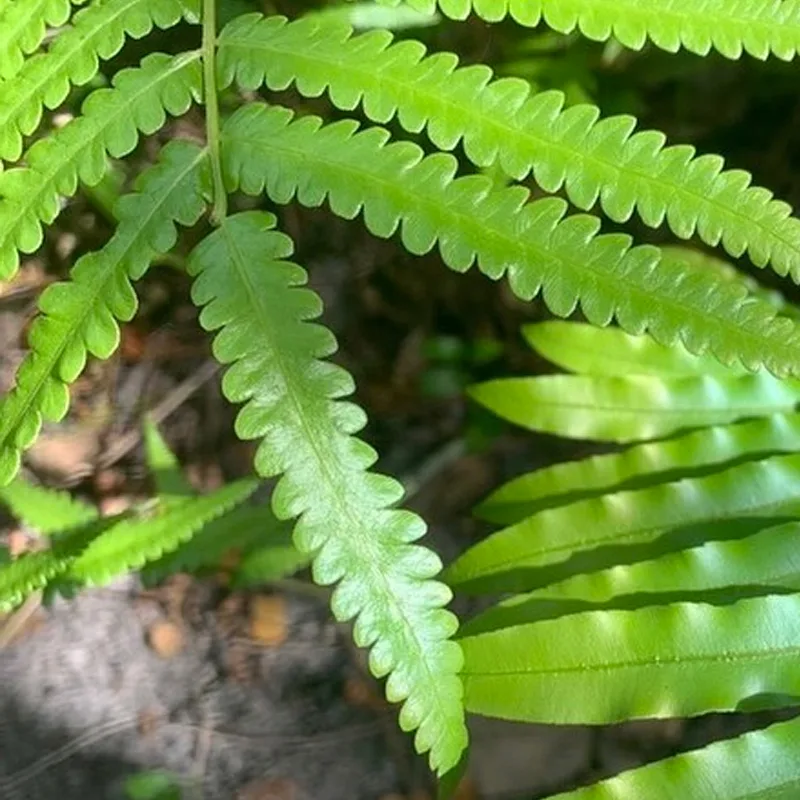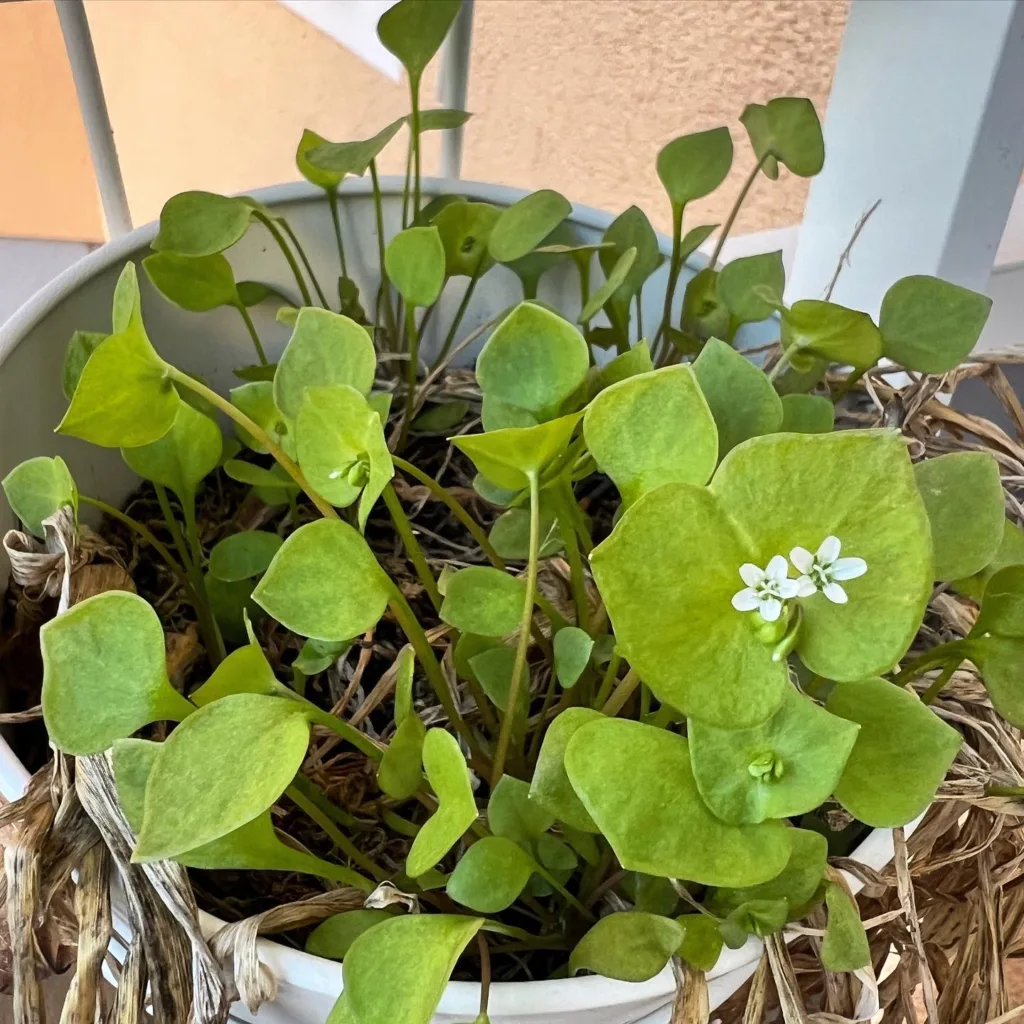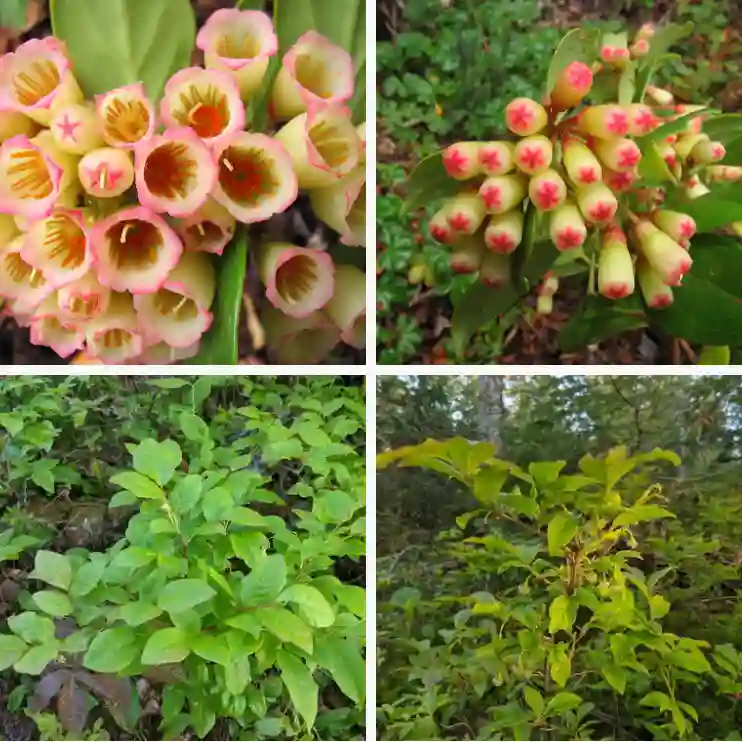
The Delightful Five-Spot: My Journey with Nemophila maculata
For years, I’ve been captivated by the charm of wildflowers. Their delicate beauty and resilience in the face of the elements hold a special place in my heart. Among these captivating blooms, Nemophila maculata, or the Five-Spot, has become a particular favorite. Its cheerful white flowers adorned with five distinct purple dots never fail to bring a smile to my face.
This past season, I decided to cultivate this delightful wildflower in my own garden. The process, from seed to bloom, proved to be a rewarding experience, filled with learning and beauty. Now, I want to share my journey and equip you with the knowledge to bring the Five-Spot’s magic to your own garden.
13 Species in Genus Nemophila
What is Nemophila maculata?
Nemophila maculata, also known as Five-Spot or Baby Blue Eyes’ cousin (due to its close relation to Nemophila menziesii), is a low-growing annual herb belonging to the Borage family. Native to California’s cooler regions, it thrives in spring, producing a profusion of charming white, bowl-shaped flowers. Each petal boasts a distinctive purple spot at its tip, earning the plant its well-deserved “Five-Spot” moniker.
Why Grow Nemophila maculata?
There are many reasons to fall in love with Nemophila maculata. Here are just a few:
- Easy to grow: This low-maintenance wildflower is perfect for beginner gardeners like myself. It requires minimal care and thrives with minimal fuss.
- Pollinator magnet: The Five-Spot attracts butterflies, bees, and other pollinators, adding a touch of life and vibrancy to your garden.
- Long blooming season: Enjoy a continuous display of blooms from spring well into early summer, with the potential for self-seeding for blooms the following year.
- Versatile: Five-Spot thrives in containers, borders, or wildflower meadows, adding a touch of whimsy to any garden space.
- Compact size: This low-growing plant reaches only about 6-8 inches in height, making it ideal for smaller gardens or edging walkways.
How to Grow Nemophila maculata?
Growing Nemophila maculata is a breeze. Here’s a step-by-step guide to help you achieve success:
- Choosing the Right Time: Five-Spot thrives in cooler weather. Aim to sow seeds directly outdoors in late fall or early spring, after the danger of frost has passed.
- Selecting a Location: Choose a spot that receives partial shade, particularly in hotter climates. The Five-Spot tolerates full sun in cooler regions but may benefit from afternoon shade in warmer areas.
- Preparing the Soil: Well-drained, fertile soil is key. Amend your existing soil with compost or organic matter to ensure good drainage and provide essential nutrients for healthy growth.
- Planting the Seeds: Scatter seeds directly onto the prepared soil surface and gently press them down. You don’t need to cover them with soil; light helps with germination. Keep the soil moist until seedlings emerge, which typically takes about 10-14 days.
- Thinning Seedlings: Once seedlings have established two sets of true leaves, thin them to allow for proper spacing. Aim for a spacing of about 4-6 inches between plants.
How to Care for Nemophila maculata?
Caring for your Five-Spot is straightforward:
- Watering: Water regularly, especially during hot and dry spells, to maintain consistent soil moisture. However, avoid overwatering, as this can lead to root rot.
- Fertilization: Five-Spot is not a heavy feeder. A balanced, all-purpose fertilizer applied once during the growing season is usually sufficient.
- Deadheading: For continuous blooms, remove spent flowers to encourage additional flower production.
What to Plant with Nemophila maculata?
Five-Spot pairs beautifully with other cool-season flowering plants that share similar sun and moisture requirements. Here are some ideas for companion plants:
- California poppies (Eschscholzia californica): These vibrant orange blooms create a stunning contrast with the Five-Spot’s white and purple flowers.
- Clarkia (Clarkia spp.): Delicate and airy, Clarkia provides a graceful counterpoint to the Five-Spot’s low-growing form.
- Yarrow (Achillea millefolium): Yarrow’s flat flower heads in various colors add a touch of whimsy and complement the Five-Spot’s charm.
- Sweet Alyssum (Lobularia maritima): Offering a fragrant and cascading presence, Sweet Alyssum adds a lovely touch alongside the Five-Spot.
With its delightful appearance, ease of care, and ability to attract pollinators, Nemophila maculata is a true gem for any garden. Growing it alongside these complementary plants creates a vibrant and dynamic display that not only pleases the eye but also fosters a thriving ecosystem in your garden space. Imagine a sea of white Five-Spot blooms dotted with purple, intermingled with the cheerful orange of California poppies and the delicate grace of Clarkia. The flat, colorful clusters of Yarrow add pops of vibrancy, while Sweet Alyssum spills over the edges, releasing its sweet fragrance to complete the delightful scene. This combination not only provides a feast for the senses but also ensures a continuous bloom throughout the spring and early summer, creating a haven for butterflies, bees, and other beneficial insects.
If i die, water my plants!



